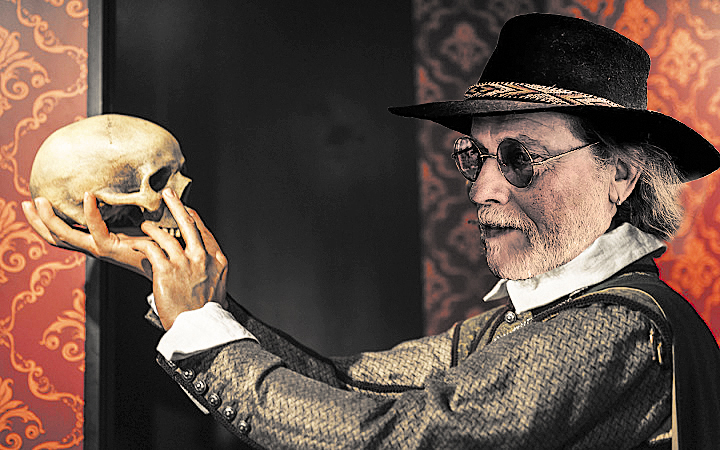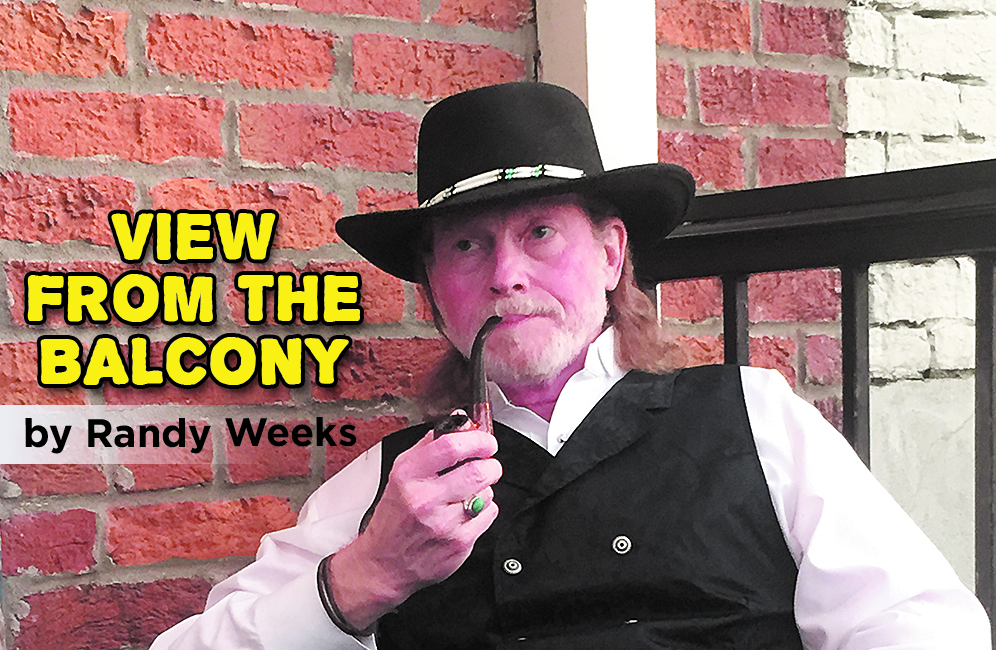
I have a request of you before you read this column. Ask yourself the question “Who am I?” three times, each time emphasizing a different word. Write down your responses. 1, 2, 3, GO!
Now look at your answers with a critical eye. Have you said more about what you do or who you are? Do your answers evolve from more doing into more being? Where are you on that (Doing/Being) spectrum?
Follow me now down an existential pathway…
Who we are is what matters most in life.
What we do is what matters most in life.
Who we are is seen in what we do.
What we do is a reflection of who we are.
When meeting someone for the first time, most of us¾especially we men¾are prone toward asking “What do you do?” rather than “Who are you?” In the South we’re likely to also ask “Where ahhh you from?” and the most important question of All Questions Southern, “…and who ahhh yore peepull?” or its first cousin, “…and just who ahhh you?”
Just who ahhh you? Are you a human be-ing, or are you a human do-ing? (It’s a trick question because the answer isn’t “either or,” rather, “both and.”) I wager that very few of us have a hard time identifying what we do. Saying who we are, however, can be a bit more elusive.
Never underestimate the power of the written word, whether it be a poster on a wall, a sticker on your car (or pick-‘em-up truck, even a SAYP one), or printed on a page. There was one small poster on the wall of my junior high Sunday school classroom that turned out to be the portal for my first revelatory steps into the cosmos of what it means to be. It read:
“Celebrate the verb ‘To Be’.
I am.
You are.
He is.”
(In this religious context “He” refers to Jesus, but that is not how I am using it today.)
As I noted in a previous column, the Hebrew scriptural account of Moses encountering G__d in the burning bush (Exodus 3:1-15), G__d self-identifies as “I Am.” When we enter this state of being, often called “is-ness,” our spirits become one with all that was, all that is, and all that ever shall be. It is our deepest state of knowing. In our is-ness we are fully available to be with ourselves and others with acceptance, compassion, and love. When immersed in this all-encompassing spiritual alignment, what we do will reflect that. My doing will come from my being.
The Fine Art of Being (FAB) presupposes mindfulness, an awareness of the now and our active presence in that moment. It is not so much paying attention to the now, rather, giving attention to it. We can read a book (or a newspaper column!), talk with a friend, or wash our dishes with mindfulness, or we can do them mindlessly. Such is the posture of being. The position is always available to us. It is our choice to take such a stance, or to not do so.
I’m reading Jonathan Livingston Seagull for the umpteenth time. (Yes, I’ve referenced Jonathan in the past. I probably will in the future because of how seminal its message is for me.) JLS is the story of a seagull that refused to accept the bounds and limitations of typical seagull life, rather he found and followed an internal call to fly faster and farther, to the point of reaching across all time and space with a mere thought. Jonathan became Outcast to his flock because of his commitment to being fully present, fully Jonathan.
What would being fully present look like for you? If you were truly being, what would you be doing? Pause and think on this.
…and that’s the view from The Balcony.
Randy Weeks is a Licensed Professional Counselor, a Certified Shamanic Life Coach, an ordained minister, a singer-songwriter, and an actor. In his best moments he is and he does accordingly. Randy may be reached at randallsweeks@gmail.com.




